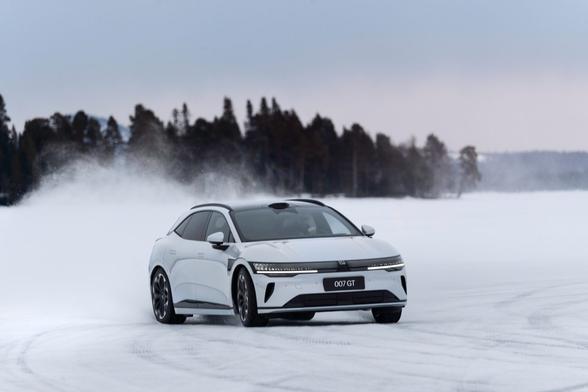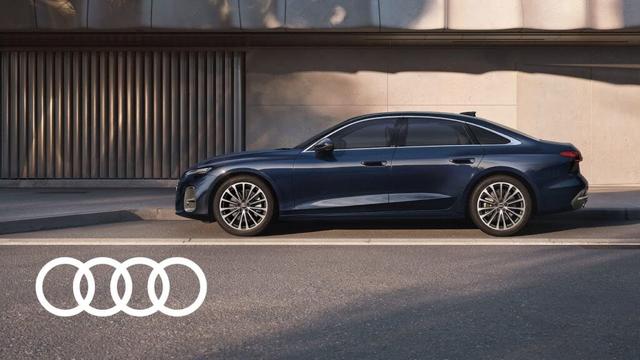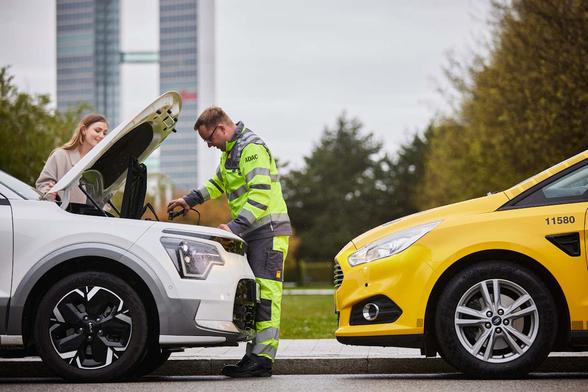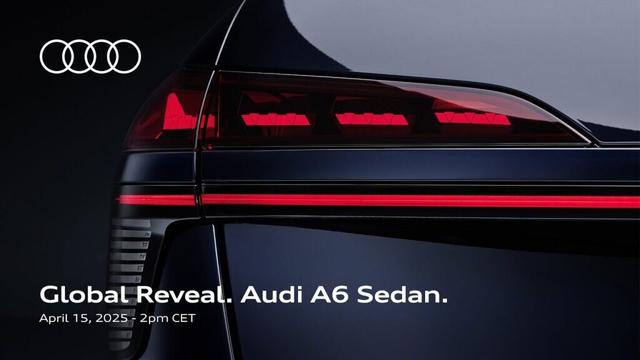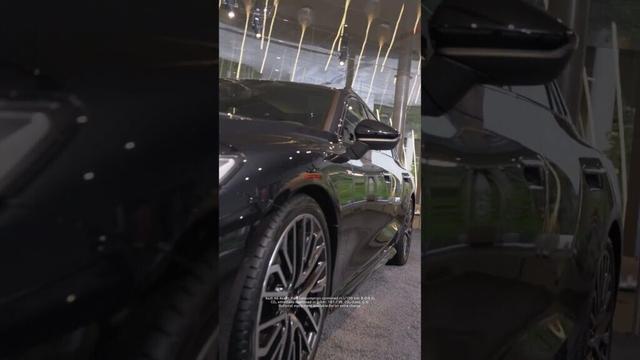Nice to see another electric station wagon coming to Australia. Misleading headline of course, the AUD $44,000 is the starting price in China. The price of the Zeekr 7 GT will be significantly higher in Australia, but it should still end up a lot more reasonably priced than the electric wagons from Porsche, BMW and Audi.
https://thedriven.io/2025/04/18/zeekr-launches-its-slick-performance-7-gt-wagon-starts-under-a44000/
